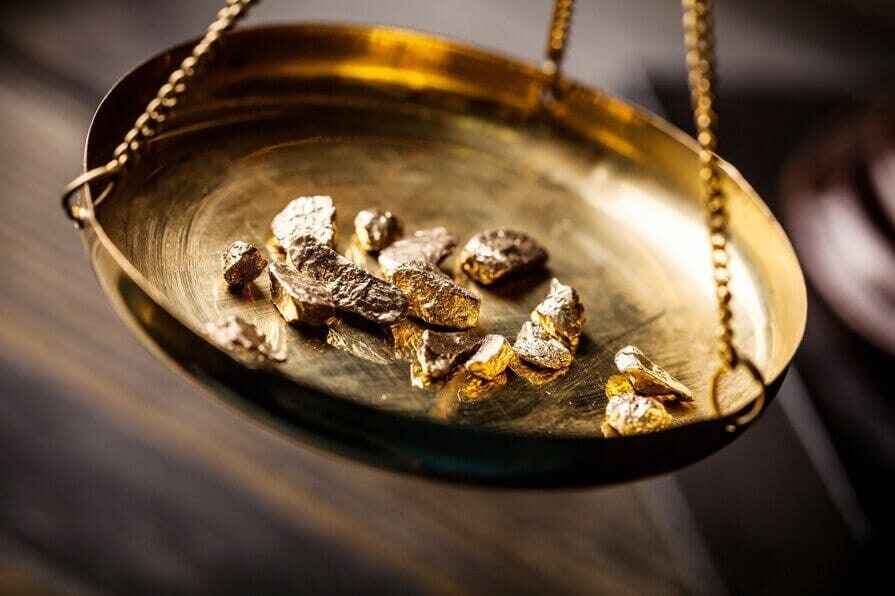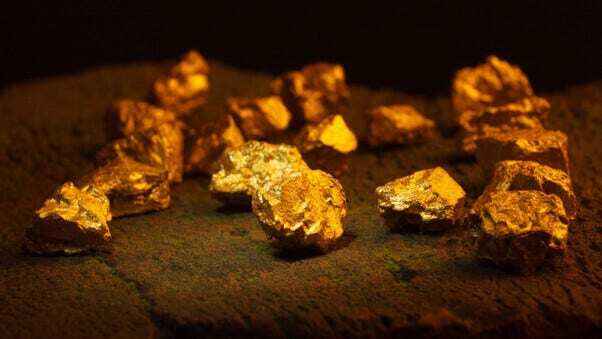The precious metal has served us as jewellery and a means of payment for thousands of years
In 1799, 12-year-old Conrad Reed finds a 17-pound gold nugget - thus begins the North Carolina Gold Rush in the history of gold. Over the next few years, more and more people come to North Carolina to find their fortune and make a fortune with gold. In 1848, gold discoveries drove the fortune seekers to California in the hope of making history here. While mining initially took place only above ground, it was discovered in 1825 that gold could also be found underground. Gold is now also found and mined in Australia and South Africa.
By the way, the German Empire was the first nation to introduce the gold currency in 1873. With the Gold Standard Act of 1900, the USA pegged its currency to the precious metal - and thus fixed the value of gold. In 1971, then US President Richard Nixon ended the dollar's gold peg, setting the course for today's economic system. Without a fixed exchange rate, the price of gold soared and reached record levels.
The value of gold can be tracked particularly well on the Krugerrand. This golden coin was minted for the first time in 1967 and is named after the South African politician Paul Kruger and the currency of South Africa, the Rand. In the first years of mintage, only 30,000 to 50,000 of the coins came onto the market each year, but already after 1974, production increased to over three million coins. The Krugerrand is considered the world's first gold bullion coin and is particularly popular because the coin has the lowest premium to the spot price on the precious metal exchanges. Today, it has the highest market share of traded gold coins at 30%.
In the 1970s, gold established itself more and more as a store of value: When fear of inflation arose due to the oil crisis, there was an enormous boom that went down in history. At this time, the second famous gold bullion coin, the Canadian Maple Leaf, also came onto the market. Afterwards, however, the value of gold fell: the feared inflation failed to materialise, other investment opportunities presented themselves and it was not until 2008 - 28 years later - that the value of gold surpassed the peak value of the time.
Another reason for the lower gold price was the further development on a technical level: gold could be mined more easily and it was now worthwhile to also extract smaller deposits of the golden metal. Today, even deposits with less than one gram of gold per ton of rock are worked. Today, too, technical progress determines the price of gold - ever more cost-effective mining methods are being developed and new techniques make it possible to mine deposits that are difficult to reach - for example, through so-called bioleaching, in which bacteria are used. And the story of gold goes on.
But why is the gold price still so high today? This would probably not be the case if the China factor had not been added. The country deregulated its gold market from 2001 onwards, making it possible for private investors to buy gold. Thus, it became the largest gold producer and at the same time has the highest demand for gold. As a result, gold is still a good investment today and could well increase in value in the coming years. In addition, it must be remembered that gold cannot be created by natural geological processes on our earth - so the resources are limited. So it remains to be seen how the history of gold will develop.







